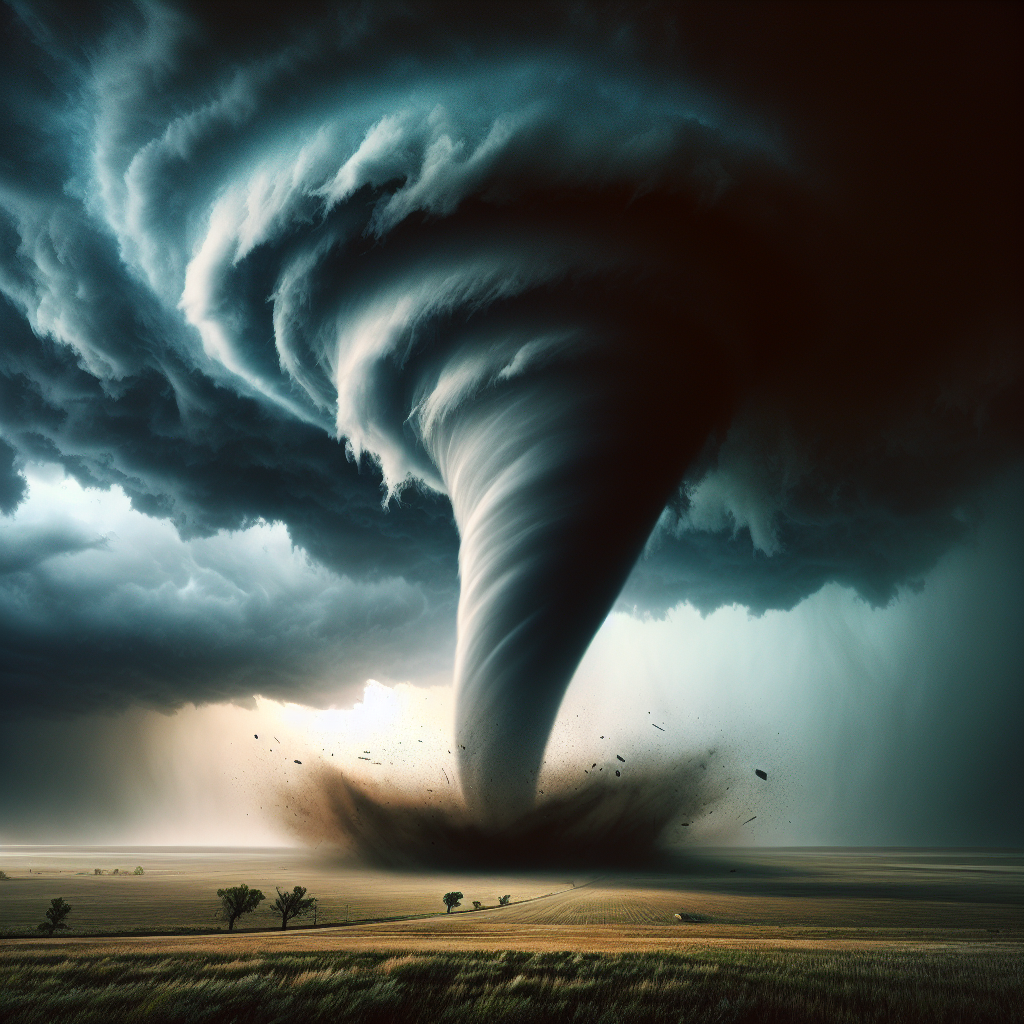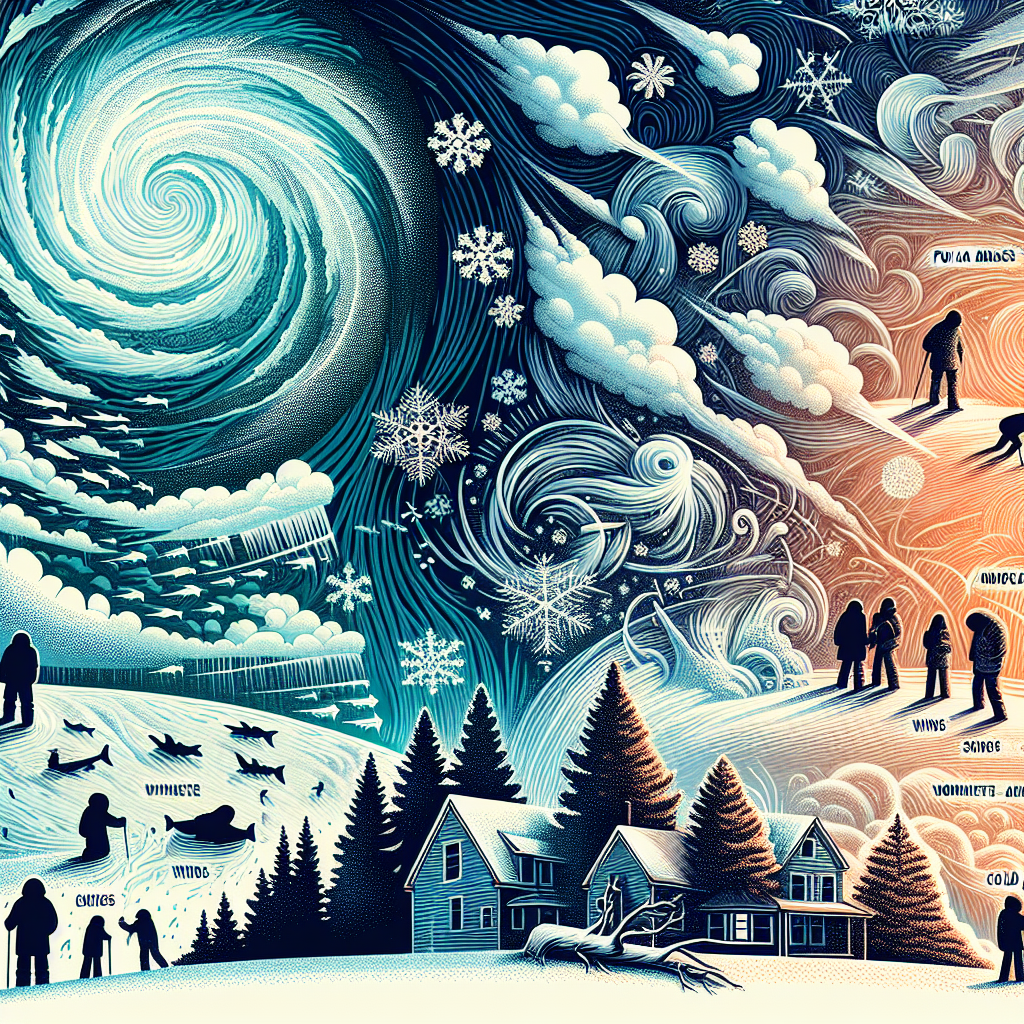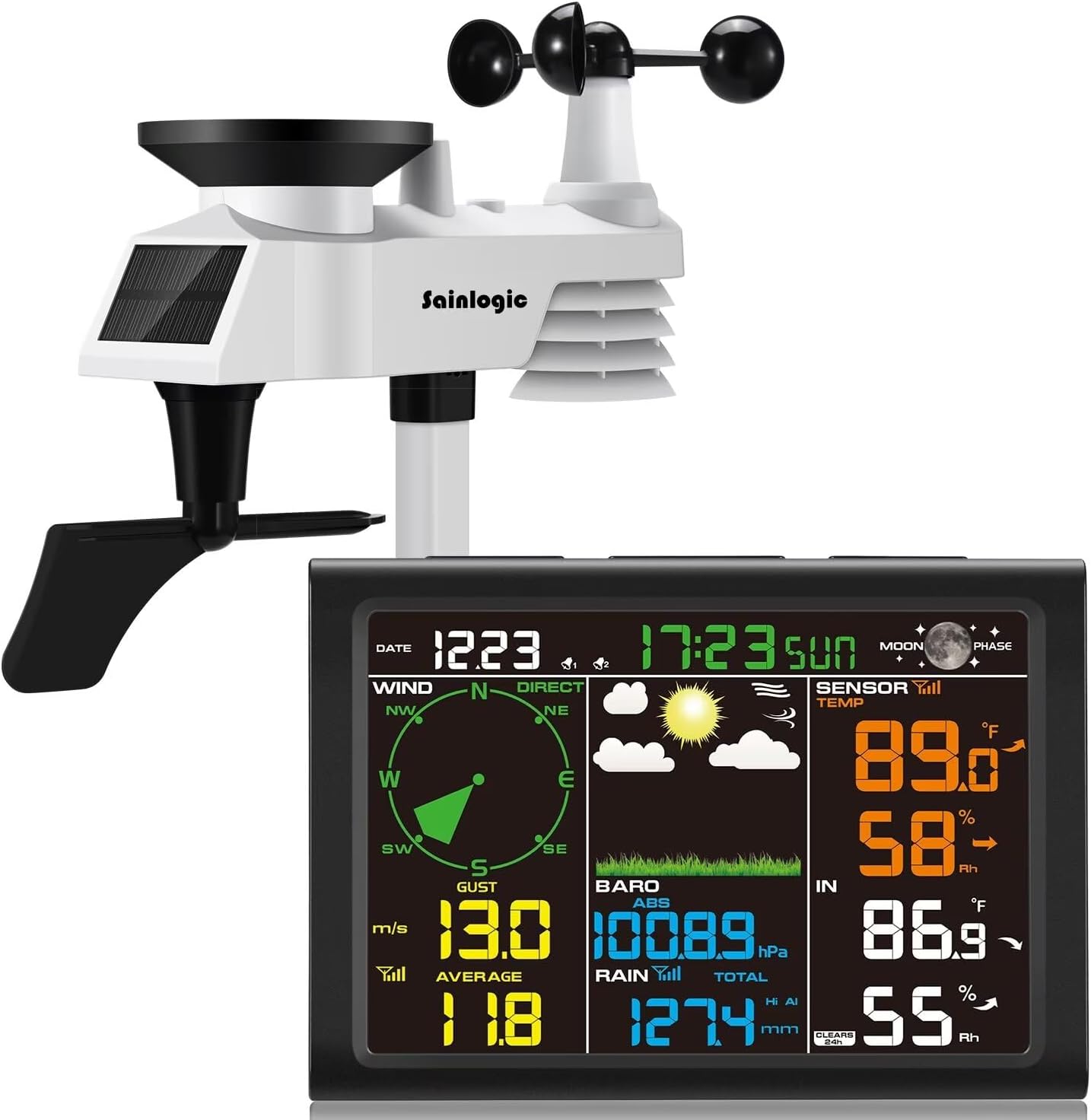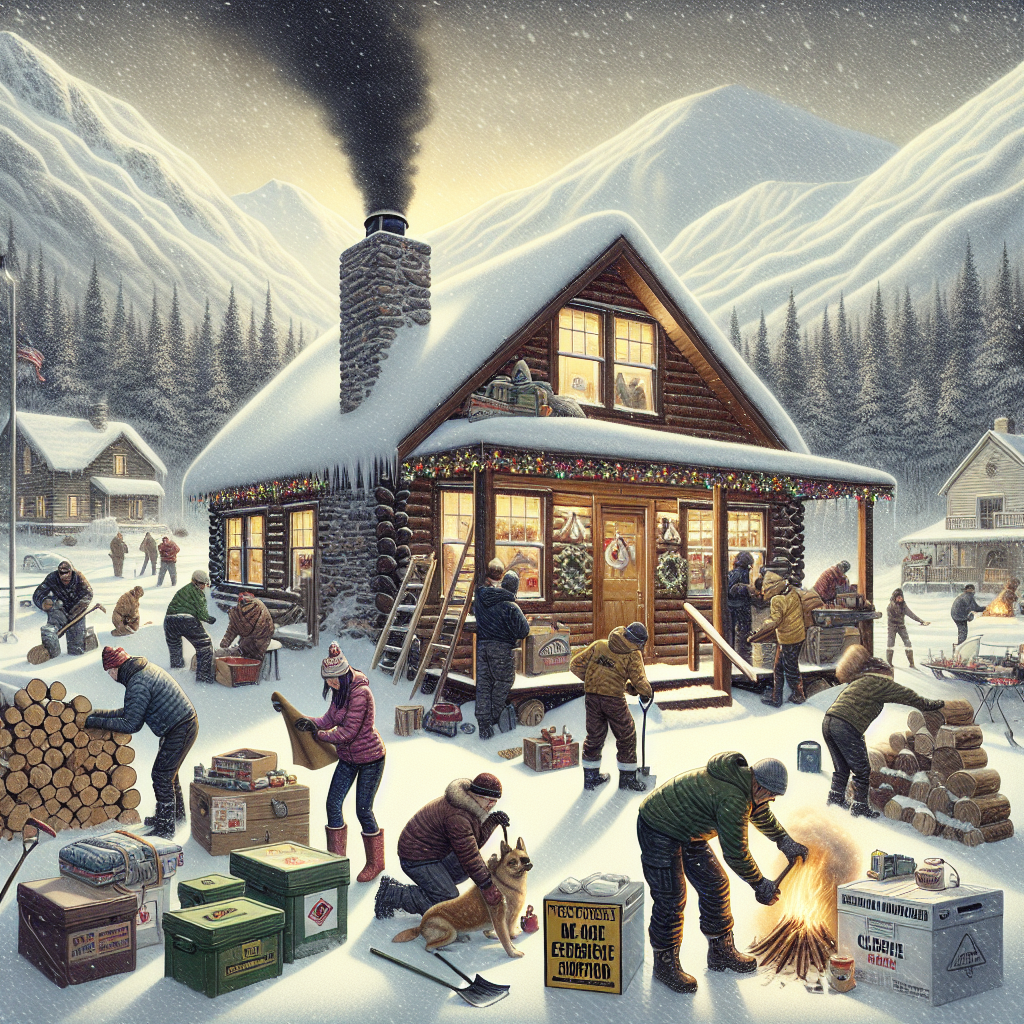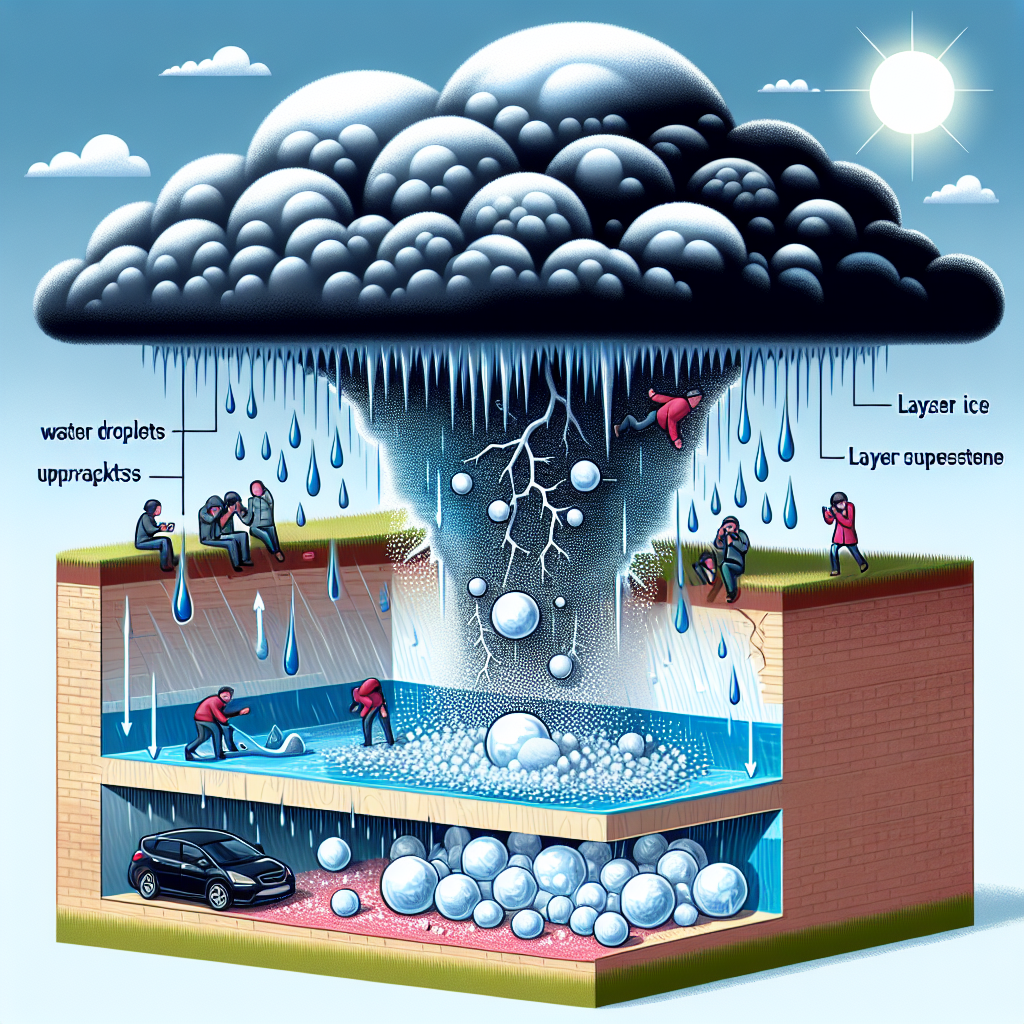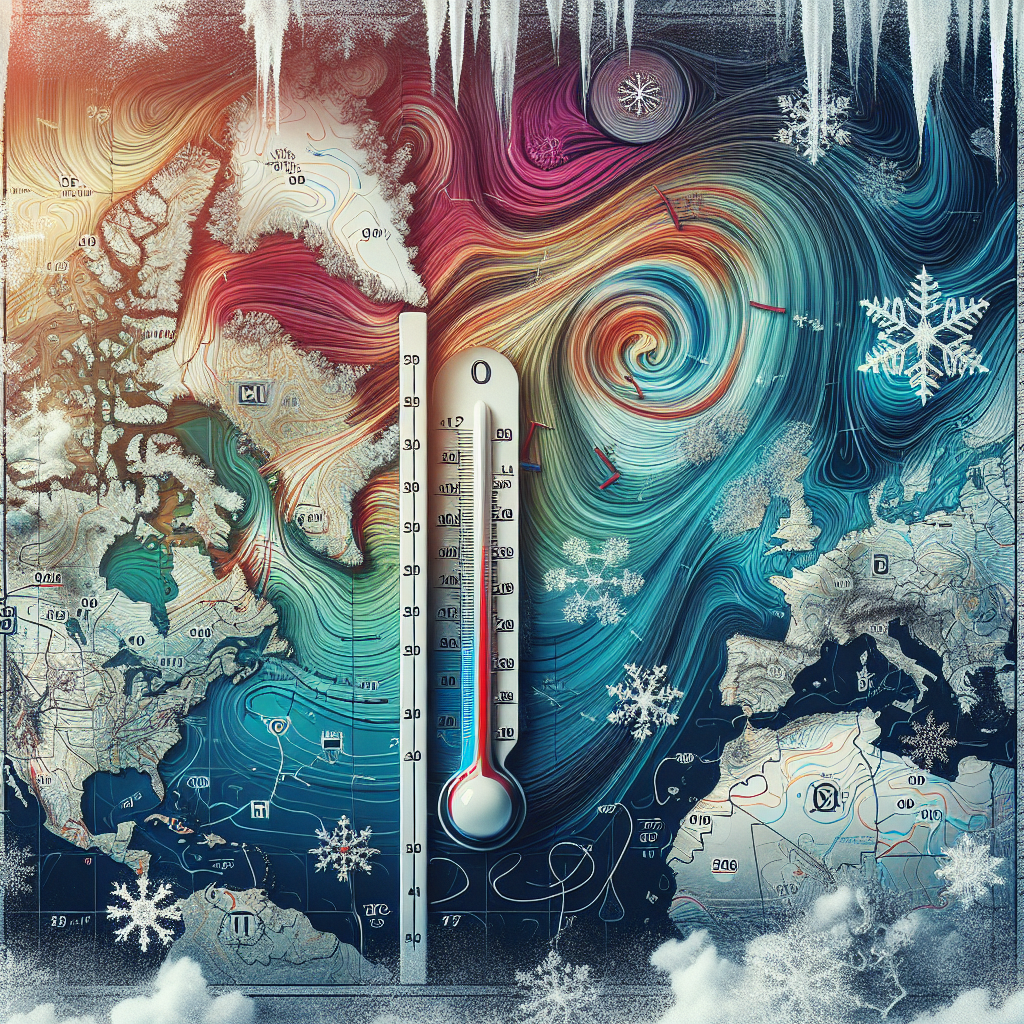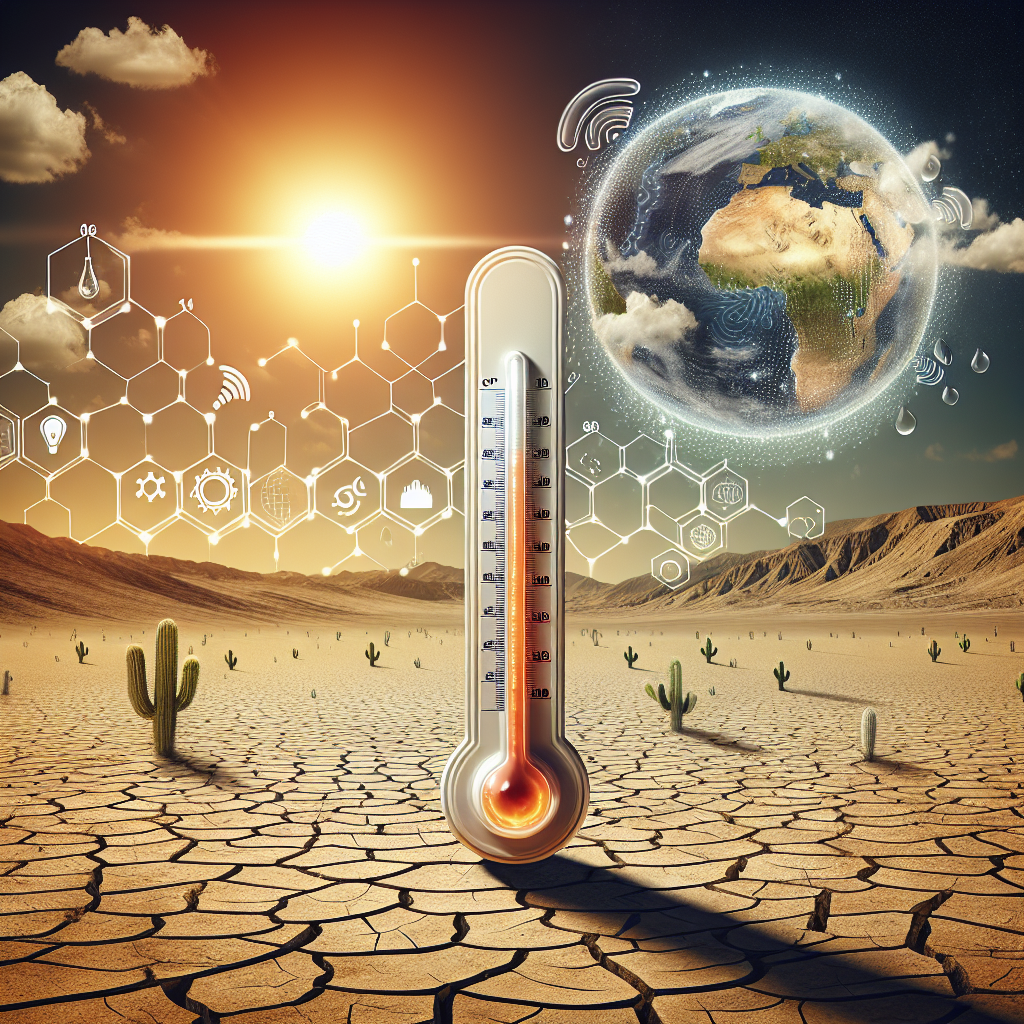Understanding Severe Winter Weather Events
Severe winter weather can take many forms, including blizzards, ice storms, and extreme cold spells. Understanding the different types of winter weather events can help you prepare better. Blizzards are characterized by strong winds, heavy snowfall, and significantly reduced visibility. Ice storms may coat streets and power lines with ice, disrupting travel and utilities. Cold waves bring frigid temperatures that can threaten health and safety. By knowing what to expect, you can take appropriate measures.
Preparing Your Home for Winter Weather
Insulation and Weatherproofing: Ensure that your home is well-insulated. Check for gaps in windows, doors, and attics where drafts can enter. Use weather stripping and caulking to seal these areas.
Heating System Check: Schedule a maintenance check for your heating system to ensure it’s running efficiently. Replace filters regularly, and consider investing in a programmable thermostat.
Emergency Heating Options: Have an alternate heating source available, such as electric heaters, kerosene heaters, or a fireplace. Always ensure proper ventilation to prevent carbon monoxide buildup.
Insulate Pipes: Insulate outdoor pipes and those in unheated areas to prevent freezing. In extreme conditions, let faucets drip to keep water flowing.
Backup Power Source: Invest in a generator in case of power outages. Ensure it’s properly installed and connected per local codes. Keep a supply of fuel on hand, but store it safely to prevent accidents.
Creating a Winter Emergency Kit
Your winter emergency kit should include essentials for both home and vehicle:
For Your Home:
- Non-perishable food items (canned goods, grains)
- Elevated water supply (one gallon per person per day for at least three days)
- Flashlights and extra batteries
- A battery-operated or hand-crank radio for weather updates
- First aid kit and necessary medications
- Warm blankets, clothing, and sleeping bags
For Your Vehicle:
- Ice scraper and snow brush
- Jumper cables
- Sand or cat litter for traction
- Flares or emergency triangles
- Additional warm clothing, gloves, and hats
- Non-perishable snacks and water
Staying Informed
Stay updated on weather forecasts and alerts through reliable sources:
- National Weather Service: Sign up for local alerts and notifications.
- Mobile Apps: Download weather apps that send push notifications regarding severe weather warnings.
- Local News: Regularly check local news channels for updates during winter weather events.
Winter Travel Preparedness
Travel cautiously during severe winter weather and prepare accordingly:
Winterize Your Vehicle: Ensure your vehicle is equipped with quality winter tires. Keep the gas tank at least half full to prevent the fuel line from freezing.
Plan Your Route: Before traveling, check the weather and road conditions. Allow extra time for your journey in case of delays.
Inform Someone: Always tell someone your travel plans, including your route and estimated arrival time.
Travel with an Emergency Kit: Your car’s emergency kit should include food, water, a flashlight, batteries, a blanket, and a fully charged cell phone with a car charger.
Health and Safety Precautions
Dress in Layers: Wear multiple layers of clothing to trap heat. Choose materials that wick away moisture, such as wool or synthetic fabrics.
Monitor Health Conditions: Be aware of the signs of hypothermia and frostbite. Keep track of vulnerable family members and pets.
Staying Indoors: During severe cold waves or blizzards, limit your time outdoors. Engage in indoor activities that keep you warm and entertained.
Community Resources
Local Shelters: Know the locations of local shelters in case you need a warm place. Reach out to community resources for assistance.
Heating Assistance Programs: Investigate programs that provide winter heating assistance to those in need, often offered by local governments or nonprofits.
Homeowners’ Insurance Considerations
Review your homeowners’ insurance policy to ensure adequate coverage. Check specific clauses related to winter weather damage, such as:
- Flooding: If your area is prone to ice damming, consider supplemental flood insurance.
- Falling Branches: Ensure your policy covers damage from falling tree limbs due to heavy snow or ice accumulation.
Post-Event Considerations
After a severe winter event, assess your environment and take necessary actions:
Check for Damage: Inspect your home for any signs of storm damage, such as roof leaks or downed power lines. Document any damages for insurance claims.
Stay Cautious Outside: Be wary of icy conditions when walking or driving. Clear pathways and driveways of snow to prevent further accumulation.
Recover Gradually: Allow time for recovery and avoid overexerting yourself while clearing snow or ice. Use proper lifting techniques to avoid injuries.
Conclusion
Prepare now for severe winter weather by taking proactive steps in your home, your vehicle, and your health. By comprehensively assessing your needs and planning for unexpected situations, you can minimize the risks associated with winter weather events. Adapt your preparations based on your specific conditions and circumstances, and ensure that you and your loved ones are ready to face whatever winter throws your way.




